Mercedes Paint Code Restoration: Protecting Resale Value with Authenticity
Mercedes paint code restoration is a meticulous process vital for preserving and enhancing the resal…….
In the world of automotive craftsmanship, few concepts evoke as much allure and precision as the meticulous art of Mercedes paint code restoration. This intricate process involves rejuvenating the exterior finish of Mercedes-Benz vehicles to their original factory specifications, ensuring a flawless blend of color, gloss, and durability. As a testament to the brand’s commitment to quality and customer satisfaction, Mercedes paint code restoration has become a sought-after service worldwide, demanding meticulous attention to detail and a deep understanding of automotive aesthetics.
This comprehensive article aims to guide readers through the intricate world of Mercedes paint code restoration, exploring its historical roots, global impact, technological innovations, regulatory framework, and the challenges it faces. By delving into these aspects, we will uncover the significance of this restoration practice, its economic implications, and its role in shaping the automotive industry’s future.
Definition: Mercedes paint code restoration is a specialized process that involves repairing and replicating the original factory finish on Mercedes-Benz vehicles. It entails more than just painting; it includes correcting any cosmetic imperfections, repolishing, and ensuring color matching to the vehicle’s unique paint code.
Core Components:
Color Analysis: The process begins with a meticulous analysis of the vehicle’s existing paint. This involves examining the color, gloss, and texture to determine the exact match required. Advanced tools like spectrophotometers are utilized to measure and identify the specific paint code.
Surface Preparation: Thorough surface preparation is crucial. It includes sanding, degreasing, and cleaning the body panels to ensure a clean canvas for the new coat of paint. Any imperfections, such as scratches or rust spots, are addressed before restoration begins.
Color Mixing and Matching: Skilled technicians mix and match paints using the vehicle’s unique code, ensuring an exact replica of the original color. This precise art requires a deep knowledge of pigment mixing and an eye for detail to achieve the perfect hue.
Application and Baking: The restored paint is then expertly applied, following the manufacturer’s guidelines for the ideal coating process. Ovens or bake booths are used to cure the paint, ensuring long-lasting durability and a glossy finish.
Historical Context: Mercedes-Benz, renowned for its engineering excellence and luxury vehicles, has always prioritized vehicle aesthetics. The brand’s early models featured durable finishes, but over time, as design complexities increased, so did the need for specialized restoration techniques. With the rise of classic car enthusiasts and the desire to preserve historical Mercedes models, paint code restoration gained prominence, leading to the development of sophisticated methods and tools.
Mercedes paint code restoration has transcended geographical boundaries, becoming a global phenomenon with diverse regional influences:
Europe: As the birthplace of Mercedes-Benz, Germany leads in restoration expertise, with highly skilled technicians and specialized training programs. The European market demands high-quality restorations, setting benchmarks for global standards.
North America: The US and Canada have witnessed a surge in classic car ownership, driving the need for paint code restoration services. American enthusiasts prioritize authenticity, leading to advanced color-matching technologies being developed locally.
Asia: Countries like Japan and South Korea have thriving markets for both new and classic Mercedes models. Restorations are sought not only for historical vehicles but also for modern luxury cars, reflecting a blend of traditional craftsmanship and modern innovations.
Trends Shaping the Industry:
Digital Color Matching: The adoption of digital technologies has revolutionized color matching, allowing for precise analysis and replication of paint codes. This trend enhances accuracy and efficiency in the restoration process.
Sustainable Practices: There is a growing emphasis on eco-friendly restoration methods, including the use of water-based paints and low-VOC (Volatile Organic Compound) coatings, addressing environmental concerns.
Customized Restorations: Some restorers offer personalized services, allowing owners to choose from a range of custom colors and finishes, catering to individual preferences.
The Mercedes paint code restoration market is a significant economic sector with various interconnected dynamics:
| Market Dynamics | Impact |
|---|---|
| Global Demand: The rising popularity of classic cars and the desire for like-new vehicle appearances drive global demand, creating opportunities for restorers. | Expands market reach and stimulates job creation. |
| Price Fluctuations: Raw material costs, especially high-quality paints, can impact restoration prices, requiring restorers to adapt pricing strategies. | Influences business profitability and customer expectations. |
| Competition: The industry is competitive, with restorers offering diverse services, from basic repairs to full-scale restorations. | Encourages innovation and quality enhancement. |
Investment Patterns:
Specialized Equipment: Restorers invest in advanced tools like paint scanners, bake booths, and custom sanders to enhance productivity and accuracy.
Training and Education: Continuous training is essential, with restorers attending workshops and certifications to stay updated on industry trends and techniques.
Marketing and Outreach: Effective marketing strategies are crucial for attracting customers, especially for specialized services like custom color matching.
Technological innovations have played a pivotal role in transforming Mercedes paint code restoration:
Spectral Analysis Tools: Advanced spectrophotometers provide precise color measurement, enabling exact match calculations and improving restoration accuracy.
Computer-Aided Design (CAD): CAD software assists restorers in designing complex repairs, ensuring precision and consistency in panel fitment.
Robotic Painting Systems: Some restorers employ robotic painters for consistent coating application, especially in large-scale operations or when handling high-volume projects.
Online Color Databases: Digital databases of paint codes and color swatches streamline the identification process, making it faster and more efficient.
These technological advancements contribute to faster turnaround times, improved quality, and reduced labor costs, ultimately benefiting both restorers and customers.
The regulatory landscape surrounding Mercedes paint code restoration varies across regions but generally aims to ensure product safety and consumer protection:
Emission Standards: Restorations must adhere to local environmental regulations, especially regarding VOC emissions from paints and coatings.
Product Liability: Restorers are responsible for the products they use, ensuring compliance with safety standards to avoid liability issues.
Intellectual Property: In some regions, there are laws protecting original factory paint finishes, preventing unauthorized replication or imitation.
Warranty Considerations: Restored vehicles may be subject to manufacturer warranties, requiring restorers to follow specific guidelines to ensure coverage.
Despite its success, Mercedes paint code restoration faces several challenges that require thoughtful strategies:
Counterfeit Parts: The availability of counterfeit paint and parts can compromise the authenticity of restorations, posing a challenge for restorers in verifying product quality.
Color Consistency: Achieving consistent color throughout an entire vehicle remains a complex task, especially with varying weather conditions and paint batch differences.
Skill Shortage: Skilled technicians are in high demand, leading to a shortage of qualified restorers, which can impact service availability and prices.
Proposed Solutions:
Strict Quality Control: Implementing rigorous quality control measures, including third-party inspections, can ensure the authenticity of parts and materials used.
Standardized Training Programs: Restorers can collaborate to develop comprehensive training programs, fostering a skilled workforce and maintaining industry standards.
Advanced Color Management Systems: Investing in sophisticated color management systems can improve consistency, especially in large-scale operations.
A renowned classic car restoration shop took on the challenge of restoring a 1957 Mercedes-Benz 300SL to its former glory. The vehicle had suffered from years of neglect, requiring extensive body work and paint repair. The restorers utilized traditional methods combined with modern technology:
Surfaces: They meticulously prepared the body, addressing rust spots and minor damage, ensuring a clean surface for painting.
Color Analysis: Advanced spectral analysis was used to identify the original paint code, enabling them to mix the precise shade.
Restoration Process: After sanding and priming, the 300SL underwent several coats of paint, carefully baked to achieve a durable finish.
Results: The restored vehicle won numerous awards at prestigious classic car shows, showcasing the meticulous craftsmanship and attention to detail.
A specialized restoration shop in Asia catered to a client’s unique request—a custom color job on their new Mercedes GLE SUV. The owner desired an exclusive shade not available from the manufacturer:
Research: The restorers spent time understanding the customer’s vision, providing options and samples for approval.
Mixing and Application: Using advanced mixing techniques, they crafted the custom color, ensuring it matched the vehicle’s curves perfectly.
Finishing Touches: After application and baking, the SUV received a comprehensive detail, enhancing its overall appearance.
Client Satisfaction: The customer was delighted with the outcome, reflecting their individual style while maintaining the vehicle’s premium look.
The Mercedes paint code restoration industry is poised for growth and innovation:
Sustainable Practices: There will be an increasing emphasis on eco-friendly materials and processes, aligning with global sustainability goals.
Digitalization: Advanced digital tools and technologies will continue to revolutionize color matching, surface preparation, and restoration documentation.
Personalized Restorations: Customization will remain a trend, catering to individual preferences for unique colors and finishes.
Global Expansion: As classic car ownership expands globally, restorers will have opportunities to establish international partnerships and share expertise.
Mercedes paint code restoration is more than just a service; it embodies the spirit of precision, craftsmanship, and customer satisfaction. Through historical evolution, global adoption, and technological advancements, this practice has become an integral part of the automotive industry’s landscape. While challenges exist, continuous innovation and collaborative efforts among restorers, manufacturers, and regulators will shape its future, ensuring that Mercedes vehicles continue to sparkle with flawless finishes for generations to come.
Q: How do I know if my Mercedes needs a paint code restoration?
A: If your vehicle exhibits signs of significant cosmetic damage, such as deep scratches, rust spots, or uneven color, it may require restoration. Regular maintenance and repairs can prevent the need for extensive restoration in the future.
Q: Can paint code restoration restore a vehicle to its original factory condition?
A: Yes, when done correctly, paint code restoration aims to replicate the original factory finish exactly. However, achieving an identical appearance after years of exposure to various environmental factors may be challenging.
Q: Are there any environmental considerations for Mercedes paint code restoration?
A: Absolutely. Restorers must adhere to local regulations regarding VOC emissions from paints and coatings. Water-based and low-VOC paints are recommended for eco-friendly options.
Q: How long does a typical paint code restoration take?
A: Restoration time varies depending on the vehicle’s condition, extent of damage, and desired finish. Typically, it can range from several days to a couple of weeks for complete restorations.
Q: Can I choose any color for my Mercedes restoration?
A: While restorers offer flexibility, they will match the closest possible color to the original factory code. Custom colors are available but may require additional time and effort for precise matching.
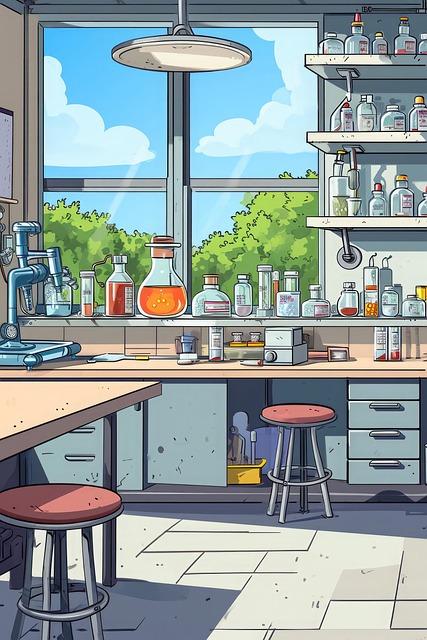
Mercedes paint code restoration is a meticulous process vital for preserving and enhancing the resal…….

Mercedes paint code restoration is an art that ensures precise color matching for damaged vehicles,…….
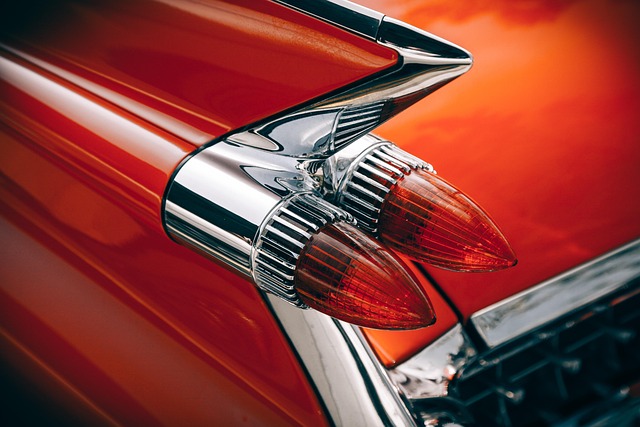
Mercedes paint code restoration is a meticulous process that decodes unique paint codes to accuratel…….
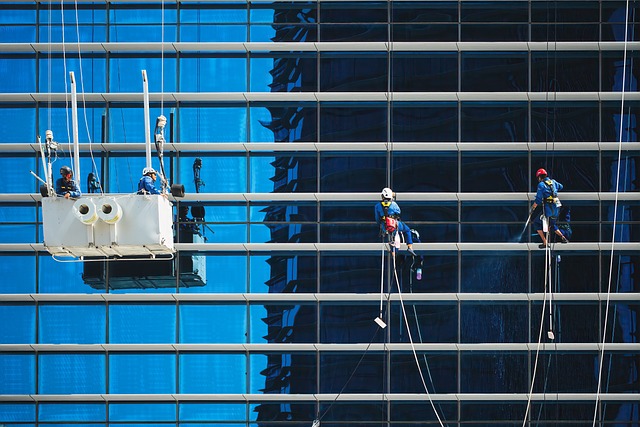
Mercedes paint code restoration is a meticulous process that ensures vehicles retain their exquisite…….
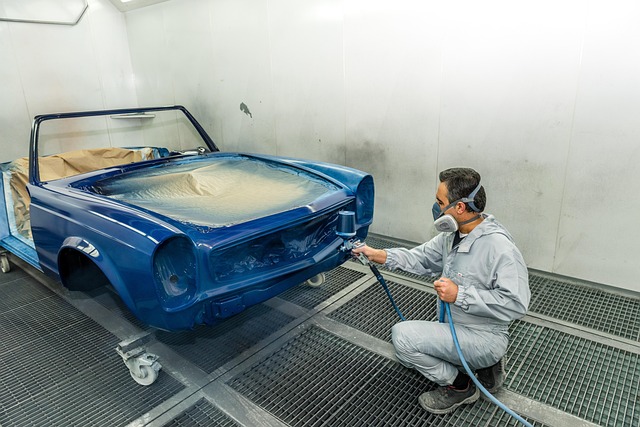
Mercedes paint code restoration is a specialized process requiring precise understanding of vehicle-…….

Mercedes paint code restoration is a meticulous process requiring precise identification and recreat…….

Mercedes paint code restoration is a specialized process crucial for maintaining the aesthetic integ…….

Mercedes paint code restoration is vital for maintaining the original factory finish accuracy on Mer…….
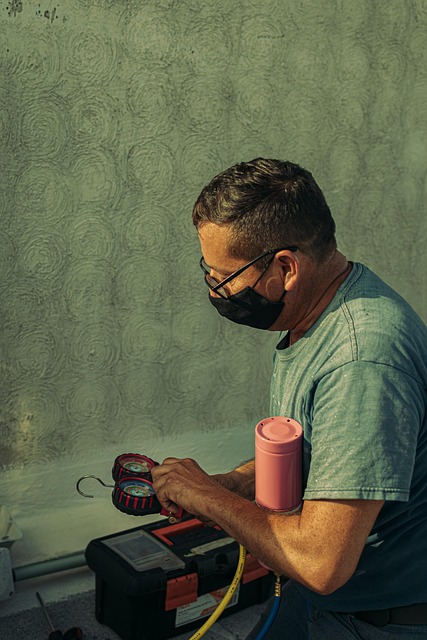
Mercedes paint code restoration is a meticulous art requiring unique model-specific codes to locate…….